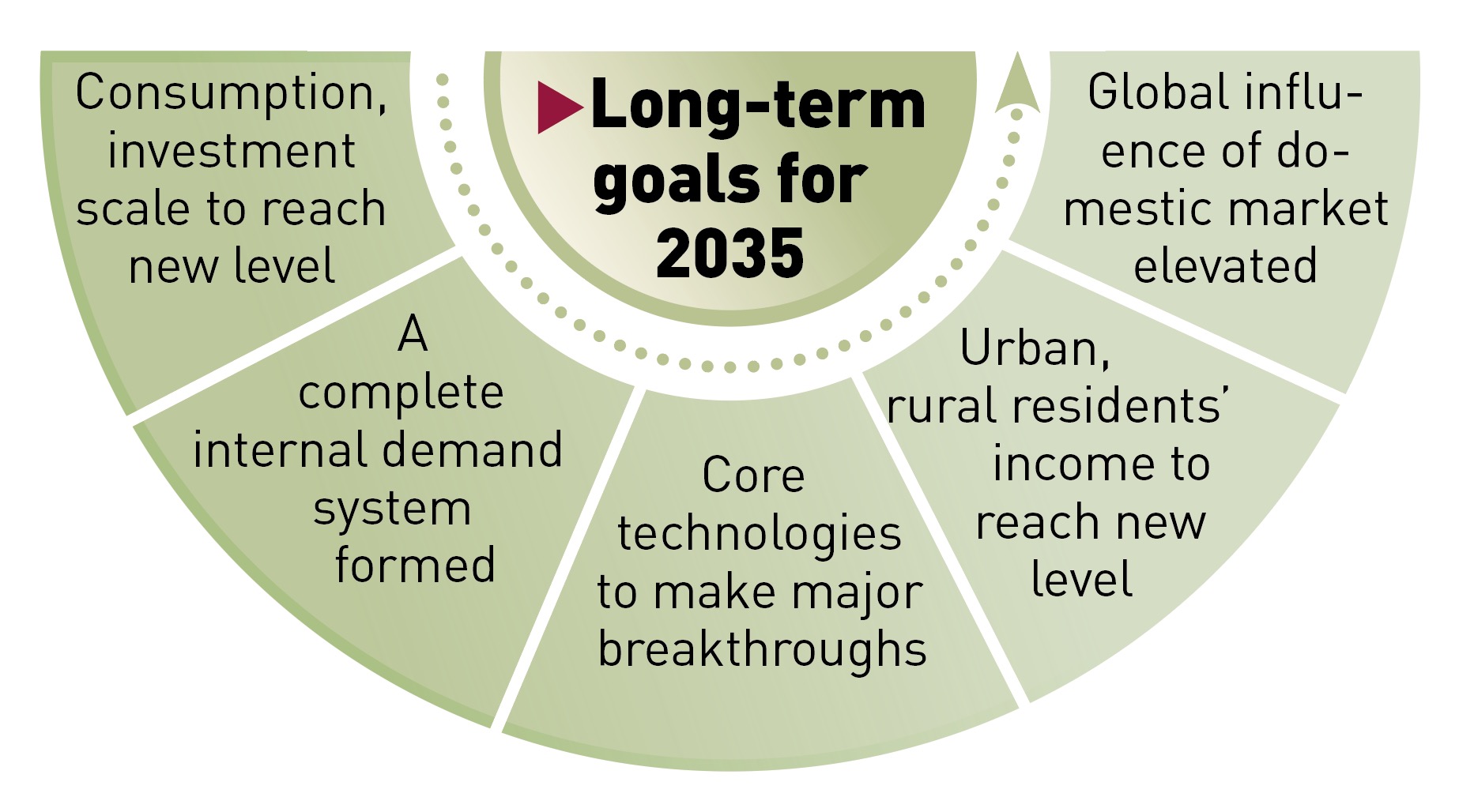
Residents go shopping at a shopping mall in Nanjing, East China's Jiangsu Province, on December 11, 2022. Consumption gradually resumed after the release of optimized COVID-19 response measures. Photo: VCG

Long-term goals for 2023
China on Wednesday revealed a guideline aimed at further expanding domestic demand with the goal to raise the scale of consumption and investment to a new level by 2035, as the country accelerates the building of a “dual circulation” development paradigm to ensure long-term high-quality growth.
Experts noted that the guideline comes as a timely policy anchor to put emphasis on domestic consumption and investment in a bid to fend off external risks and challenges marked by rising unilateralism and protectionism. Still, foreign businesses will continue to play an increasing role in the Chinese market thanks to continued opening-up, experts added.
Expanding domestic demand and fostering a complete domestic demand system is the inevitable choice to accelerate China’s new development pattern as well as a strategic decision to promote China's long-term development and long-term stability, according to an outline of the Strategic Plan for Expanding Domestic Demand (2022-35) issued by the State Council on Wednesday.
According to the guideline, by 2035 China’s consumption and investment scale will be upgraded to a new level and a complete system of domestic demand will be established. It has also set the goal to make major breakthroughs in key and core technologies and lift the efficiency of the domestic market driven by innovation and domestic demand.
According to the plan, Chinese residents’ wages and the scale of the Chinese middle-income group will be expanded significantly and the development gap between urban and rural areas will be further minimized. By 2035, China will also have more advantages in participating in global economic cooperation and competition and its domestic market will have an increased influence internationally.
The strategy to expand domestic demand is of great significance to meet the people's needs for a better life and a proactive choice to give full play to the advantages of the super-large market, promoting sustained and sound economic development, the guideline said.
Implementing the strategy of expanding domestic demand is a key support for promoting China’s economic circulation, consolidating China’s economic foundation, and letting internal and external markets boost each other, it said.
The guideline said that efforts should be made to further develop South China’s Hainan Province into an international tourism and consumption center to meet the demand for middle- and high-end consumption.
It also covered China’s closely watched property market, reiterating the stance that houses are for living in, not for speculation. The guideline said that efforts should be made to strengthen expectations in the real estate market, guide and support people's reasonable demand for housing, and curb speculations.
Li Changan, a professor at the Academy of China Open Economy Studies of the University of International Business and Economics, told the Global Times on Wednesday that the guideline comes as a timely policy anchor to put emphasis on consumption and investment and is in line with the “dual circulation” development paradigm.
“It shows a determination of not being overly reliant on exports, which are facing sagging global demand and protectionist headwinds,” Li said.
A forceful push to lift consumption arguably tops the government’s agenda, Dong Ximiao, chief researcher of China's Qinnong Bank, told the Global Times on Wednesday.
Along with the implementation of a raft of measures to improve the country’s epidemic response, market confidence and expectations will get a big boost from the new guideline, while the epidemic’s impact on economic growth is fading, Dong said.
Nonetheless, the economy will remain subject to varied uncertainties at home and abroad in the foreseeable future, Dong said, noting that there is still substantial downward pressure on the economy.
That calls for the ramped-up implementation of a more proactive fiscal policy and a prudent monetary policy, putting the pro-stabilization push on the front burner and taking resolute steps when necessary to tremendously revitalize market sentiment, Dong said.
According to the guideline, expanding domestic demand is a necessary response to profound changes in the international environment with the rise of unilateralism and protectionism.
“In the face of a complex and severe external environment, China must firmly implement the strategy of expanding domestic demand and effectively respond to external risks and challenges with its own steady development,” according to the guideline.
It noted that during the 14th Five-Year Plan period (2021-25), efforts should be taken to keep promoting consumption and investment, improving the distribution pattern to unleash the potential of domestic demand, lifting the quality of supplies, improving the market system and unblocking the economic circulation.
Key efforts will be applied to address major problems, such as insufficient supply capacity, distribution gap and low modernization of the circulation systems.
Tian Yun, a Beijing-based economist, told the Global Times that China is poised to achieve a growth rate of around 5-6 percent in domestic consumption, as long as the epidemic is under control and corresponding policies are implemented.
In past years, the share of household consumption in the overall economic contribution actually rose, which can be seen from the data on household savings, said Tian.
According to the guideline, final consumption expenditure as a share of GDP has remained above 50 percent in China for 11 consecutive years and sales of new cars in China have ranked first in the world for 13 consecutive years.
New forms and models of consumption are developing rapidly. In 2021, online retail sales accounted for 24.5 percent of total retail sales, and per capita spending on the services sector reached 44.2 percent of total spending.
According to Tian, China still has a lot of room to expand its domestic demand, and a lot of areas of services consumption need to be further opened up.
“Consumption in areas such as medical care, education, culture and sports still has a lot of room for growth. I believe there will be relevant policies to promote this growth in the future,” said Tian.
Li expects major work will be carried out to boost investment and consumption and the private sector is expected to play a major role based on market rules.
Foreign investors will also play a bigger role, as China continues to open up its market, and their involvement will be seen as a welcome supplement to Chinese private-sector investment that drives overall investment, Li said, adding that for consumption, efforts will be spent on raising the number of middle-class households so as to shore up total consumption of the whole society.





